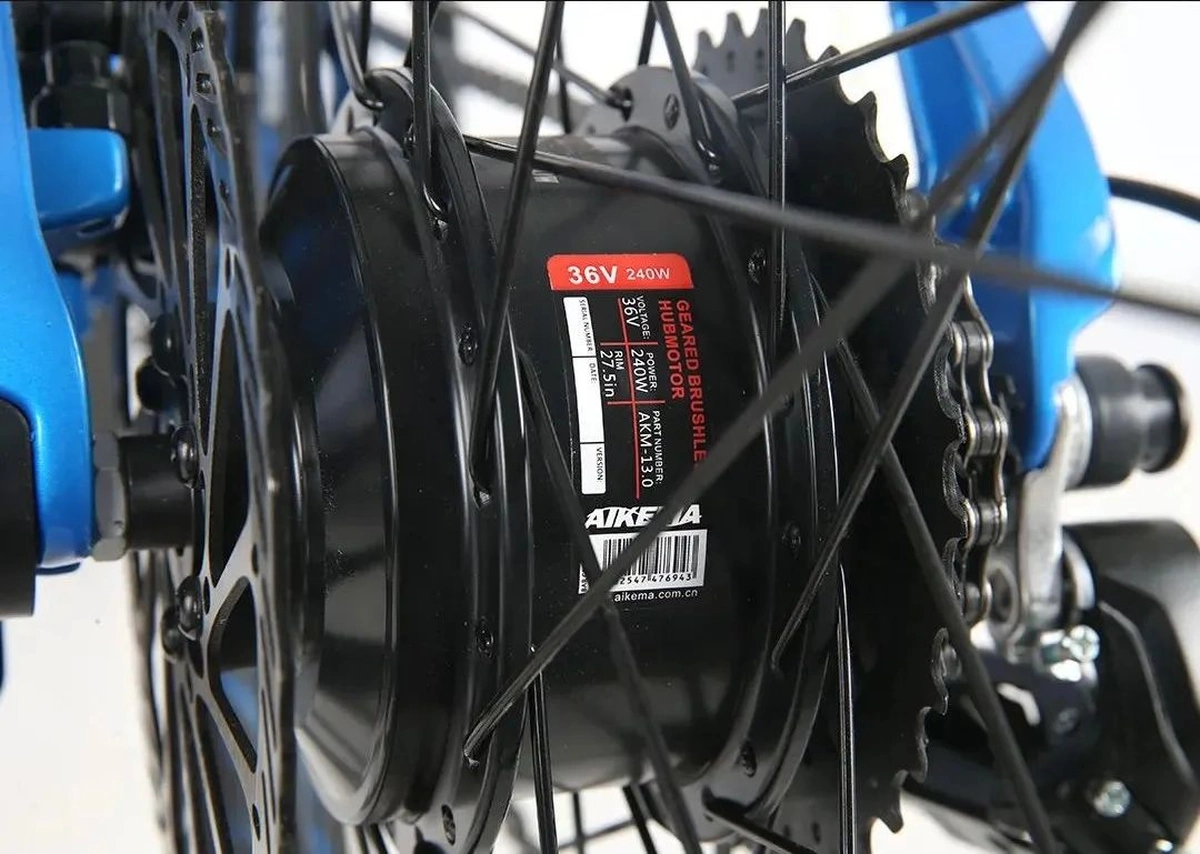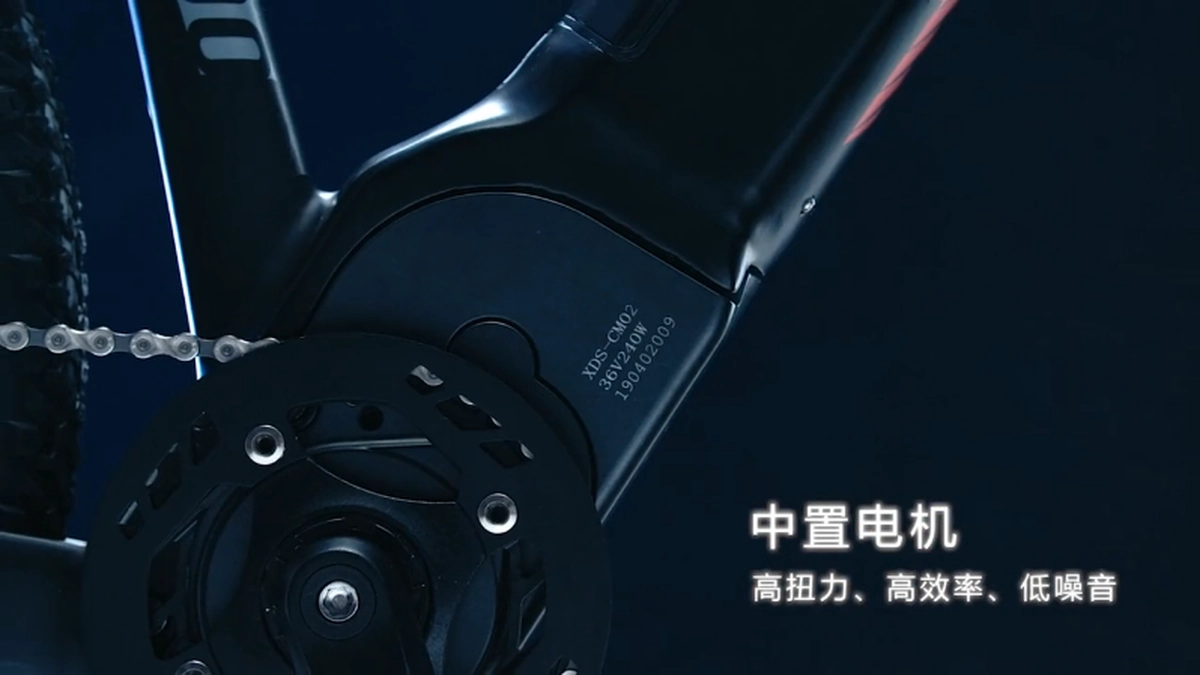The term "E-Bike" refers to bicycles with electric assistance, commonly known as electrically assisted bicycles. The rated power and speed limits of E-Bikes vary from country to country. According to the EU standard, the rated power of the motor shall not exceed 250W, and the power will be automatically turned off after the maximum running speed reaches 25km/h.

Currently on the market, electrically assisted bicycles can be roughly divided into two types: mid-drive motor and front/rear-mounted motor, each with its performance and technology. Then what is the specific difference between them?
Most front/rear motorized electrically assisted bikes use hub motors.
The advantages are compactness, a wide range of available models, relatively cheap entry models, the ability to run purely electrically in some models, and the rear-motor electric-assisted bikes also have a relatively strong pushback when driving. Depending on the wheel size, the hub motor may be mounted higher or at the same height as the center motor. While the center of gravity is about the same in terms of height, a front or rear hub will shift the center of gravity to the front or rear. Secondly, the e-bike should be able to achieve normal riding with human power even when the motor is not working, and the use of front/rear motor-electric assisted bicycles has to overcome the magnetic resistance of the hub motor when riding with human power.

Looking at the practical application side, hub motors are relatively inexpensive, but the cost in terms of maintenance is a bit higher than that of a mid-drive motor. Because hub motors are attached to the wheelset, they need to withstand bumps, dust, mud, and water, and the chances of problems are higher compared to mid-drive motors. However, when a problem occurs, hub motors are easier to repair in the market as compared to mid-drive motors.
Compared to front or rear motor-electric power-assisted bicycles, the motor of a mid-drive motor-electric power-assisted bicycle is located in the middle and lower part of the frame. Since the weight is all near the center of gravity of the bike, it has less impact on the balance of the whole bike, the human power rides with relatively less resistance, and the motor can be speed-adjusted by mechanical transmission. The mid-drive motor handles well, but also has a lot of torque, accelerates very quickly, and acts as a front/back balance when the vehicle is moving quickly. This also allows the mid-motor electrically assisted bike to adapt to more road conditions.
The technologically more advanced mid-drive motor, which is a combination mechanism of internal variable-speed gears, with multiple clutch gears inside the motor casing to form a variable-speed ratchet, increasing its output torque and higher power for loads and hill climbing. Its torque sensing is also more sensitive, sensing changes in the crank's pedaling effort, which will act directly on the center shaft and accelerate more quickly.

Since there is no change to the overall basic shifting and transmission structure of the bike, riders can also work with the vehicle's original mechanical rear derailleur mechanism and use it in concert with the mid-boost to achieve higher riding efficiency. Moreover, all the sensors of the mid-drive motor are integrated into the mid-drive box, with only one wire sticking out to connect to the controller on the handlebar, and even the battery connection is a hidden way of internal wiring and contacts. This simplified and integrated design makes the mid-drive motor car more convenient to maintain, more simple in appearance, and more convenient to use for the user, and it also makes the mid-drive motor's dust-proof and water-resistant performance stronger and its failure rate lower. However, relatively speaking, the price of the mid-drive motor assisted bicycle is also a bit higher.
Leave A Comment